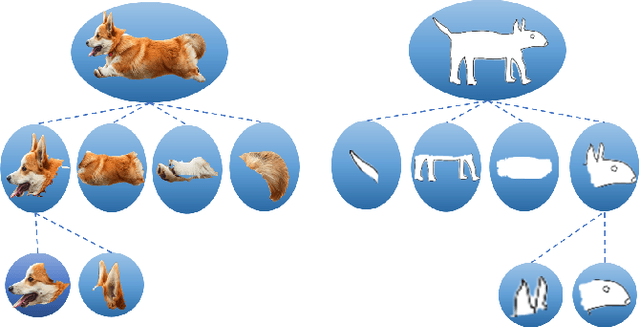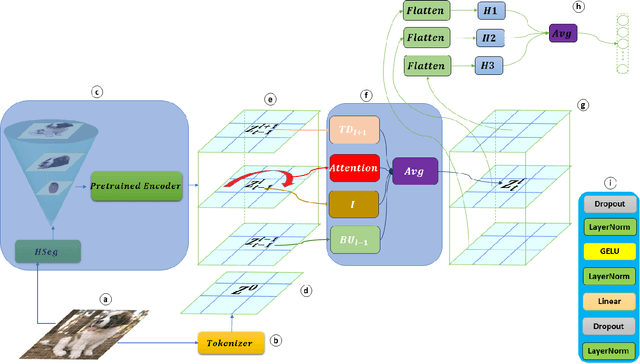FedPartWhole: Federated domain generalization via consistent part-whole hierarchies
Paper and Code
Jul 20, 2024



Federated Domain Generalization (FedDG), aims to tackle the challenge of generalizing to unseen domains at test time while catering to the data privacy constraints that prevent centralized data storage from different domains originating at various clients. Existing approaches can be broadly categorized into four groups: domain alignment, data manipulation, learning strategies, and optimization of model aggregation weights. This paper proposes a novel approach to Federated Domain Generalization that tackles the problem from the perspective of the backbone model architecture. The core principle is that objects, even under substantial domain shifts and appearance variations, maintain a consistent hierarchical structure of parts and wholes. For instance, a photograph and a sketch of a dog share the same hierarchical organization, consisting of a head, body, limbs, and so on. The introduced architecture explicitly incorporates a feature representation for the image parse tree. To the best of our knowledge, this is the first work to tackle Federated Domain Generalization from a model architecture standpoint. Our approach outperforms a convolutional architecture of comparable size by over 12\%, despite utilizing fewer parameters. Additionally, it is inherently interpretable, contrary to the black-box nature of CNNs, which fosters trust in its predictions, a crucial asset in federated learning.
 Add to Chrome
Add to Chrome Add to Firefox
Add to Firefox Add to Edge
Add to Edge